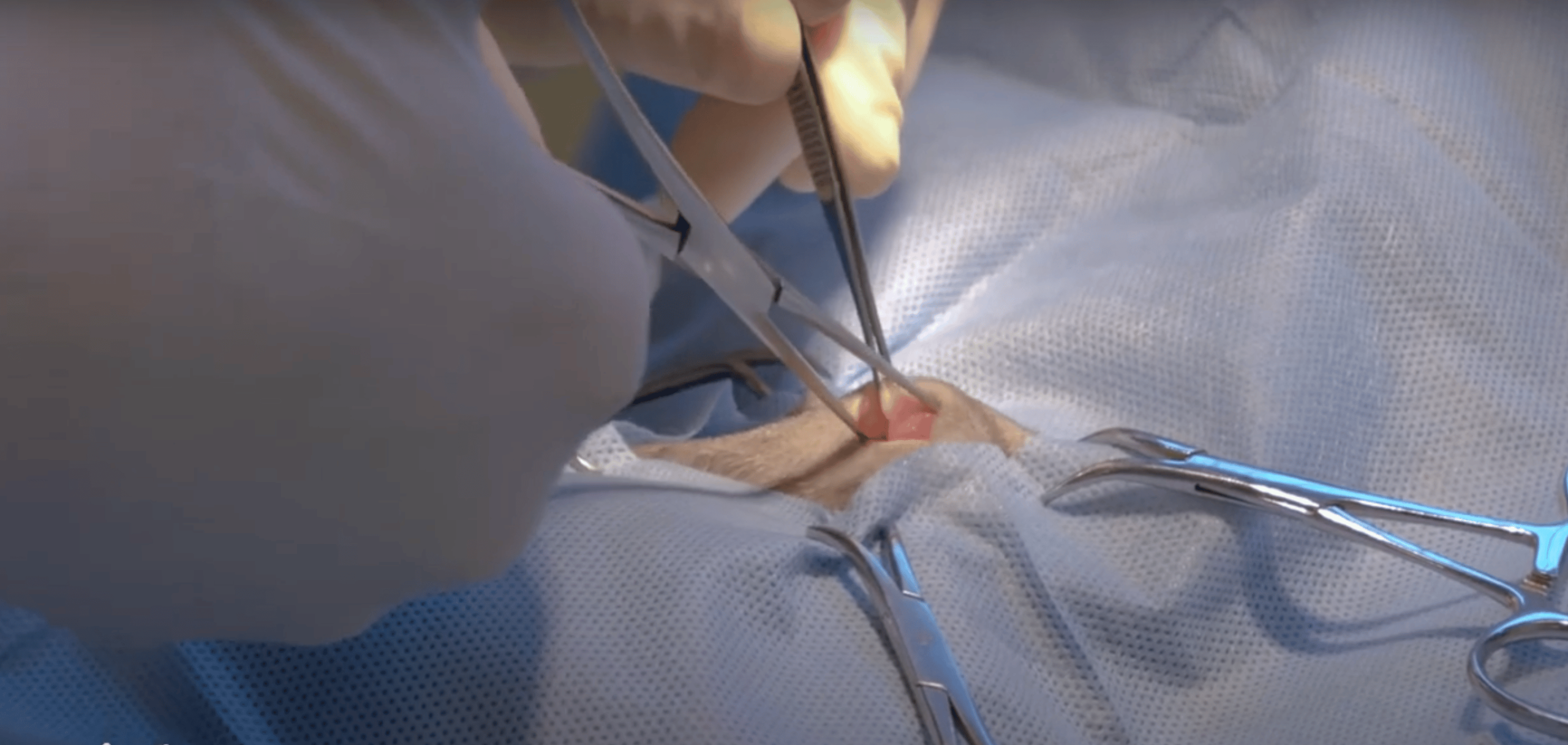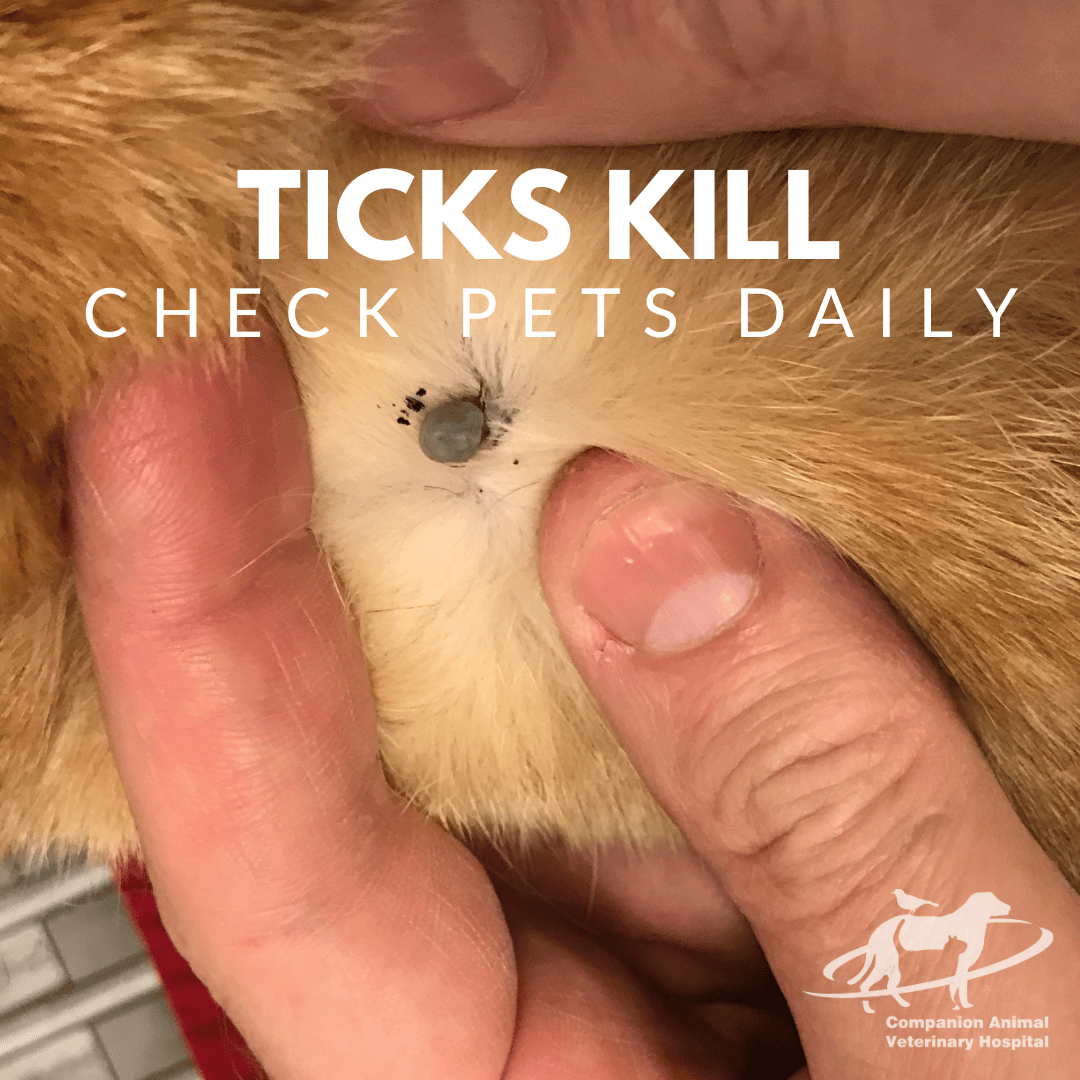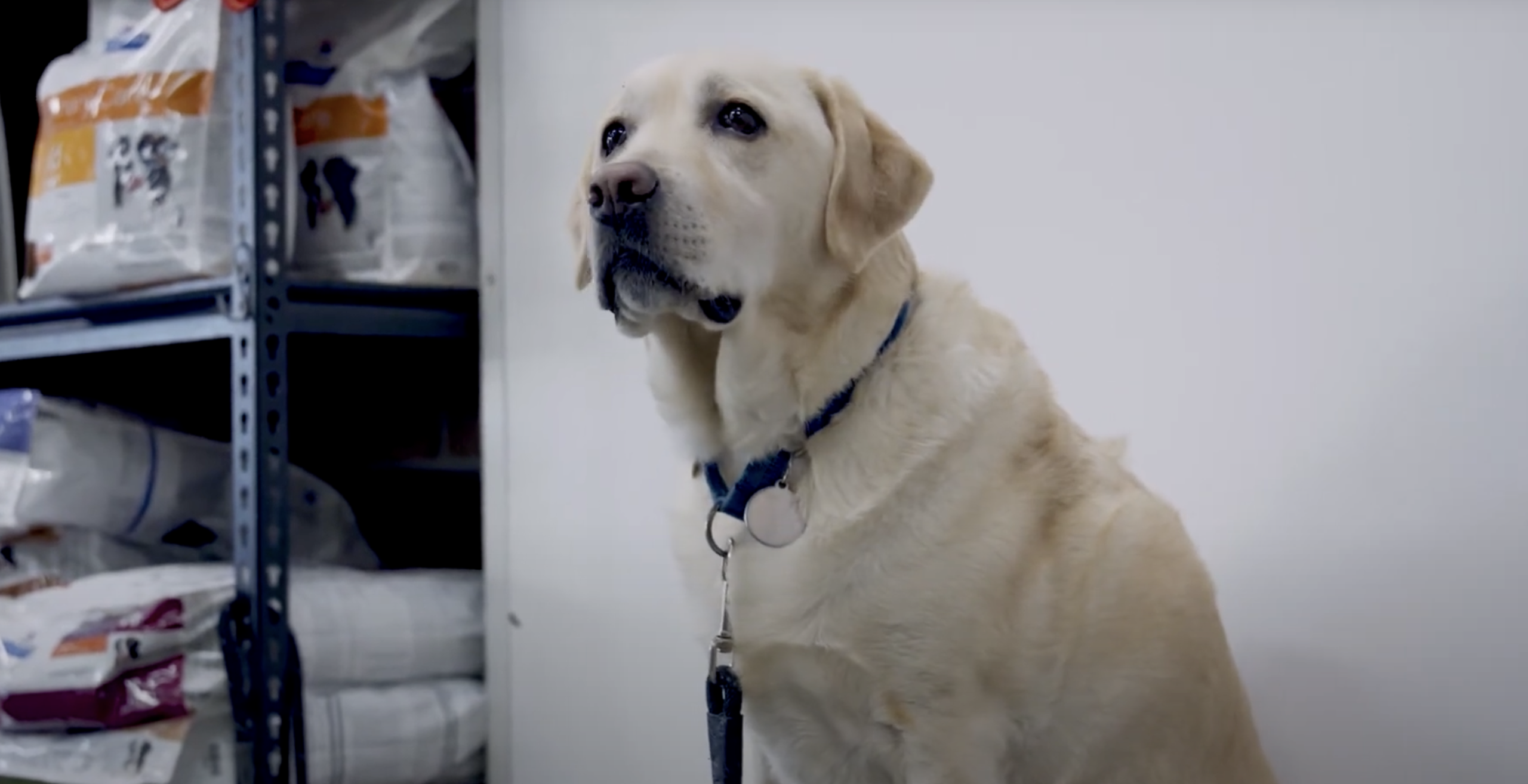Hello, pet parents! I’m Matt Young from Companion Animal Veterinary Hospital, and today in our Ask The Vet series, we’re discussing an essential aspect of responsible pet ownership – desexing your female cat. Let’s take a behind-the-scenes look at what happens when you bring your cat in for desexing.
Why Desex Your Female Cat?
Desexing, or spaying, is crucial for several reasons. Female cats, if not desexed by five months, often come into heat, which can be frustrating for both the cat and the owner. Continuous cycling until mating can occur, leading to unwanted pregnancies and contributing to the overpopulation of cats. Desexing at four months is generally recommended.
Preparing for Surgery
On the morning of the surgery, it’s important to limit your cat’s food intake. A quarter of their normal meal size is sufficient. Transporting your cat in a carrier is safest, ideally secured behind a front seat or strapped into a back or passenger seat.
Admission Process
Upon arrival at our hospital, our nurses will assist you with the necessary consent forms. Your cat will then be settled into a comfortable cage in our cat ward. We conduct pre-anaesthetic blood testing to check liver and kidney function, proteins, and red blood cell levels. This helps us tailor the anaesthesia to your pet’s specific needs.
The Desexing Procedure
- Premedication: Your cat receives an injection for sedation and pain relief.
- IV Catheter Placement: This is crucial for administering intravenous drugs if needed.
- Anaesthesia: We administer anaesthetic drugs and place a tube to maintain the airway.
- Monitoring: A nurse dedicatedly monitors and records the anaesthesia.
- Surgery: We make a small incision, remove the ovaries and uterus, and close the wound with intradermal skin sutures that don’t require removal.
- Recovery: We closely monitor your cat during recovery, managing pain and ensuring they wake up safely.
Post-Surgery Care
Your cat will usually go home the same day. It’s important to keep them quiet and confined to a small area for a week, preventing them from jumping or licking the wound. Check the wound daily for any signs of redness, swelling, or pain, and contact us immediately if you notice any issues.
The Importance of Pain Management
Cats are adept at hiding pain, so we provide take-home pain relief for all desexed cats. It’s crucial to administer this medication even if your cat doesn’t seem to be in pain.
Booking and Questions
Desexing your cat is a straightforward procedure at Companion Animal Vets, and we do everything possible to ensure your pet’s safety and comfort. To book your cat’s desexing, you can use our online booking form.
Remember, desexing is not just a medical procedure; it’s a responsible step towards ensuring your cat’s health and preventing unwanted litters.






